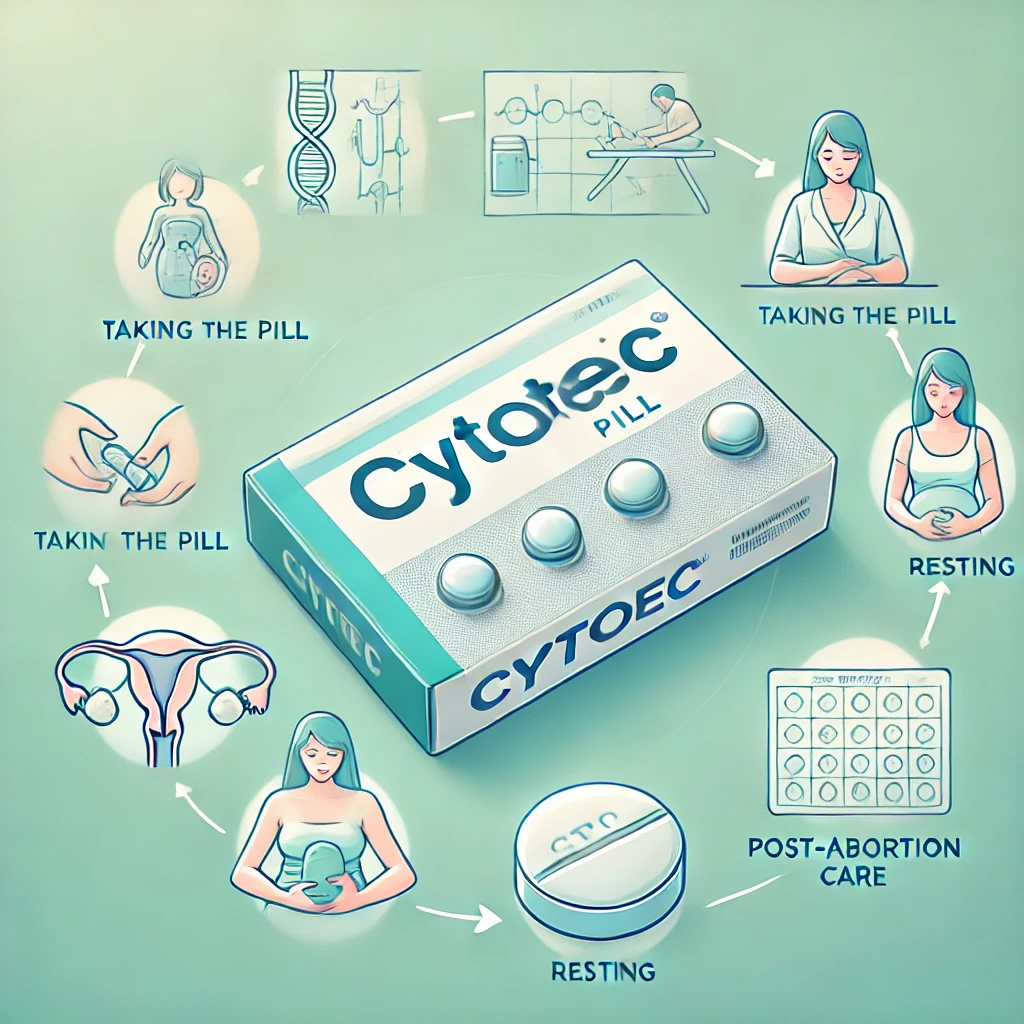Abortion Pills in Dubai – Fast, Safe, and Reliable
Abortion Pills in Dubai: Get safe Cytotec pills for abortion in the UAE. Trusted guidance for effective abortion pills Dubai solutions.
“If you’re looking for safe and effective abortion pills in Dubai, you’re in the right place. We provide detailed and trusted information about medical abortion using widely recommended pills like Cytotec and Misoprostol.
For more comprehensive insights, explore our articles:
10 Important Facts About Cytotec Pills in Dubai for Safe Use: This article covers crucial information to ensure you are well-informed before making any decisions.
Abortion Pills for Sale in Dubai: A Valuable Guide for 2024: Here, you will find the best options available, ensuring that you choose the right solution for your needs.
These pills are known for their safety and effectiveness, and they are widely endorsed by healthcare professionals. Understanding the correct usage and precautions is vital for a successful experience.”
How to Safely Use Abortion Pills in Dubai?

Medical abortion using abortion pills in Dubai is a safe and non-surgical method to end a pregnancy using medications like Cytotec or Misoprostol. These pills are highly effective when used correctly under medical supervision. Before taking any abortion pills in Dubai, it is essential to consult a healthcare professional, such as Dr. Mona Ali, to ensure this method is suitable for your individual situation. Misoprostol and Cytotec work by inducing uterine contractions, helping the body safely expel the pregnancy.
Steps to Safely Use Abortion Pills:
Consult a Doctor: Always seek professional medical advice before taking abortion pills in Dubai. This ensures you understand the proper dosage and any associated risks specific to your health. Consulting with a professional helps avoid complications and ensures that the method is safe for you.
Follow the Correct Dosage: Adhering to the correct dosage is crucial. Misoprostol is typically taken in multiple doses over a specified period. Make sure to follow your doctor’s instructions carefully to avoid complications and ensure the process is as effective as possible.
Prepare for Side Effects: It’s common to experience side effects such as cramping, bleeding, nausea, and diarrhea. While these symptoms are expected and normal, it’s important to monitor them closely. If they become severe or last longer than expected, seek medical attention.
- Aftercare is Crucial: Post-abortion care after using abortion pills in Dubai plays a vital role in your recovery. Ensure you rest well, stay hydrated, and follow any additional instructions from your doctor. A follow-up appointment may be necessary to confirm the abortion was successful and that there are no complications.
Where to Buy Abortion Pills in Dubai

Buying abortion pills in Dubai can be a sensitive matter due to strict legal and medical regulations. Under the supervision of Dr. Mona Ali, we guide you to ensure that the abortion pills you purchase, such as Cytotec or Misoprostol, are from trusted and legal sources to avoid complications. Abortion Pills in UAE are available through licensed pharmacies, but it’s important to consult a medical professional first.
While many online platforms may offer abortion pills, it’s essential to verify their credibility. Here are some tips for purchasing:
Buy from a licensed pharmacy: Always opt for reputable pharmacies to ensure the quality and authenticity of the pills.
Avoid online scams: Be cautious of online sellers who may offer counterfeit or dangerous medications.
Check the packaging: Always verify the packaging to ensure that it is sealed and comes from a certified pharmaceutical company.”
For individuals seeking anonymity, many pharmacies provide discrete services, but medical guidance is always recommended to avoid misuse.” From here abortion pills for sale in dubai
Why Choose Cytotec Pills for Abortion?

“Cytotec, known as Misoprostol, is widely recommended for medical abortions due to its high effectiveness and accessibility. It works by causing contractions in the uterus, helping to expel the pregnancy tissue naturally. One of the key reasons for choosing Cytotec is that it’s safe and less invasive than surgical procedures. In Dubai, under the expertise of Dr. Mona Ali, Cytotec is commonly available through trusted healthcare providers and pharmacies.
However, it’s essential to follow the correct medical advice to ensure a successful and safe abortion. Cytotec pills can be used alone or in combination with Mifepristone, which enhances its effectiveness, especially in the early weeks of pregnancy.”
Important Precautions When Using Abortion Pills
When using abortion pills, especially in Dubai, it’s essential to understand the necessary precautions to avoid complications related to abortion in UAE:
1.Medical consultation: Never take abortion pills without professional medical guidance, especially from trusted experts like Dr. Mona Ali.
2.Dosage accuracy: Ensure you follow the prescribed dosage for either Cytotec or Misoprostol..
3.Monitor symptoms: Post-abortion symptoms such as bleeding and cramping are common. If symptoms become severe, seek medical attention immediately.
4.Aftercare support: Always have access to a healthcare provider in case of complications.”
Get Expert Help Today!
“Looking for safe and effective abortion pills in Dubai? Contact us today for a private consultation with Dr. Mona Ali, and get more details on how to obtain Cytotec and Misoprostol pills. Our team is here to provide the support you need for a safe and private Medical Abortion Pills.”
